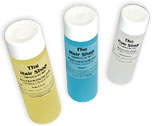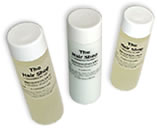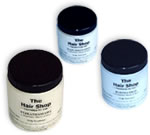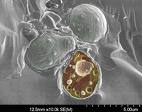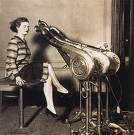17.02.2009
in HAIR LOSS FACTS
Hair loss is a well-known side-effect of cancer therapy and around half of women lose more hair than usual after giving birth.
However, there are conditions where the hair loss can be permanent that are less well known or understood. The most common alopecia conditions in women include:
Telogen effluvium: General shedding and thinning of the hair. This usually occurs a few months after a shock to the system, such as extreme stress, fever, childbirth, sudden weight loss, an operation or as a reaction to medication. The hair loss is usually temporary.
Alopecia areata: Affects about one in 100 people, mostly teenagers and young adults. Symptoms include patchy hair loss. This condition is linked to a problem with the immune system. The hair follicles are not permanently damaged, and in many of these cases the hair grows back in a few months.
One proven treatment for female-pattern baldness is Minoxidil. This is a lotion that you rub on your scalp every day.
Most users see improvements, including a halt to the balding, or slowing down, as well as thicker hair. Up to 25 percent of women experience hair regrowth.
Other solutions include wigs, hair transplants (taking hair from the sides and back of the head) and plastic surgery (such as scalp reduction, where the bald area is removed and the bit with hair on is stretched forward).
There is no effective treatment for alopecia areata. Some treatments can encourage hair to grow, such as steroid injections or creams, or Minoxidil lotion. In 60 percent to 80 percent of cases, the hair grows back after about a year without any treatment.
There is another treatment, called Finasteride, available only for men. This is taken in tablet form. It works by preventing the hormone testosterone being converted to the hormone dihydrotestosterone (DHT).
About 80 percent of men who take Finasteride see improvements. Side effects are uncommon, although about two per cent of users experience loss of sex drive.
Do you have Hair Loss Problems, read our Hair Loss Help
